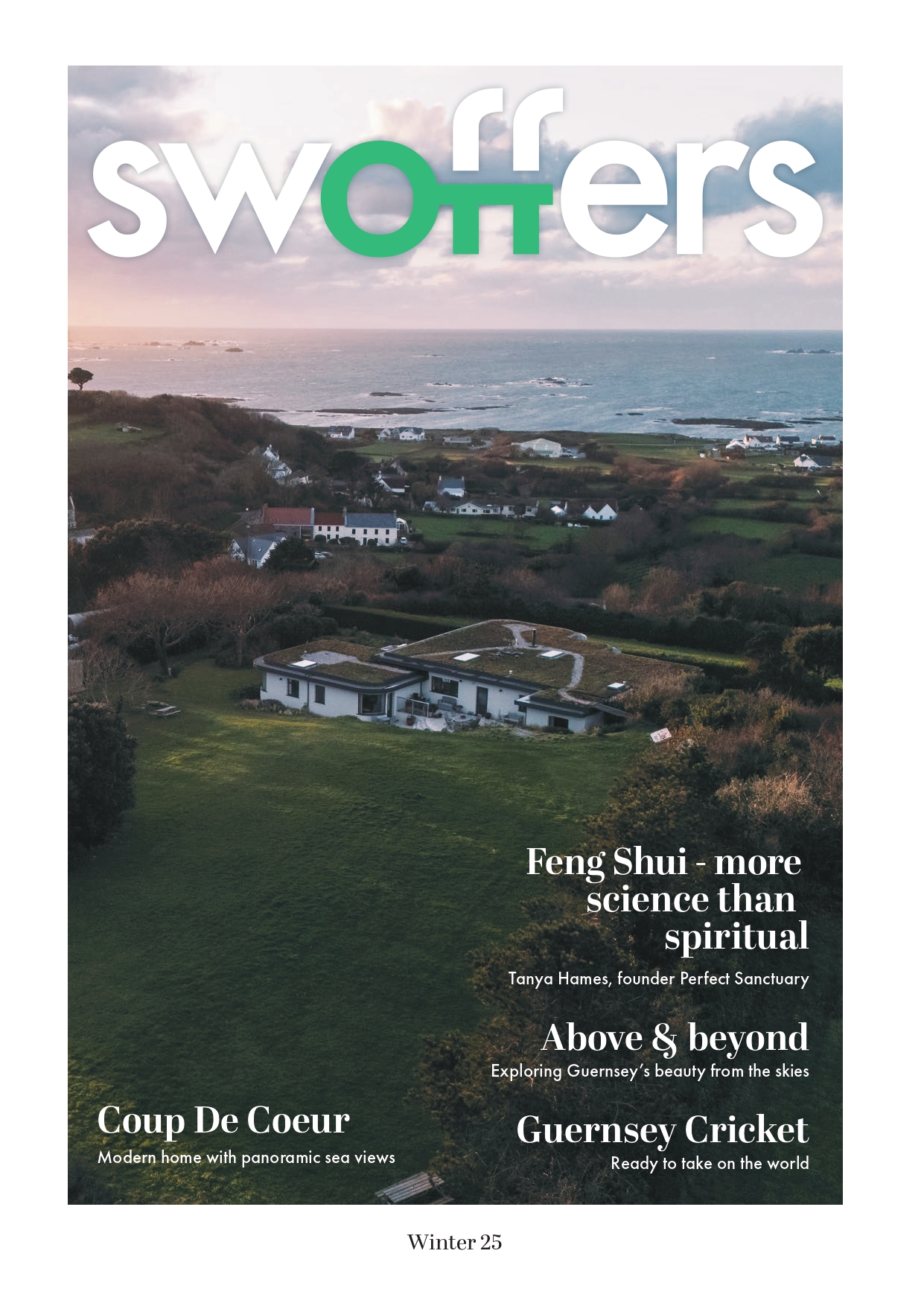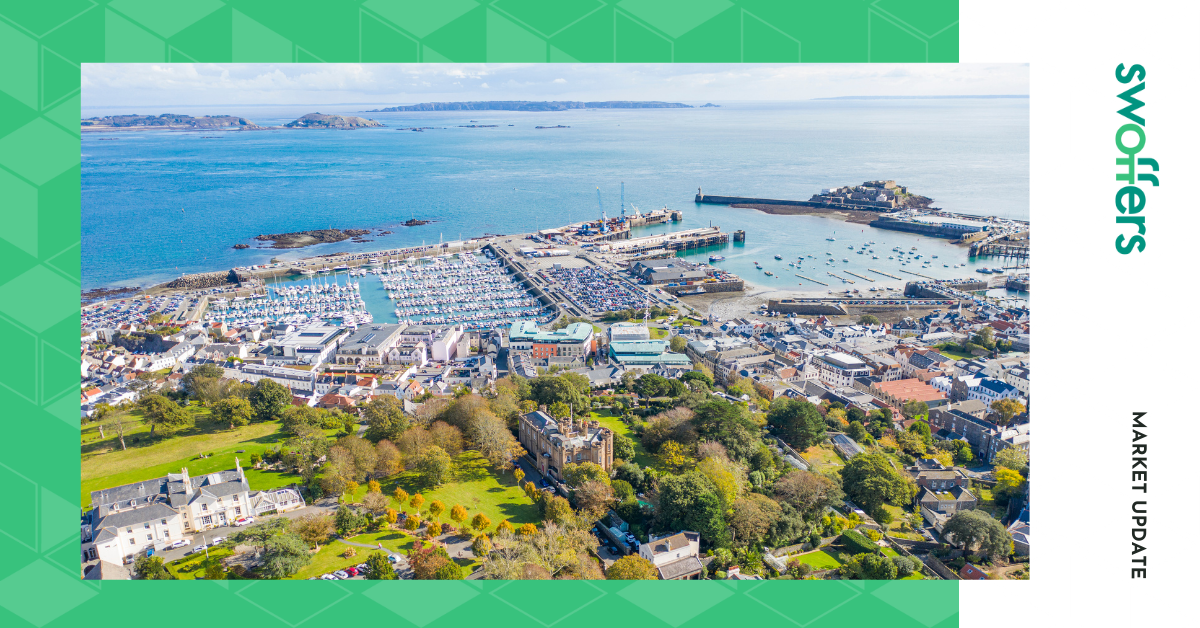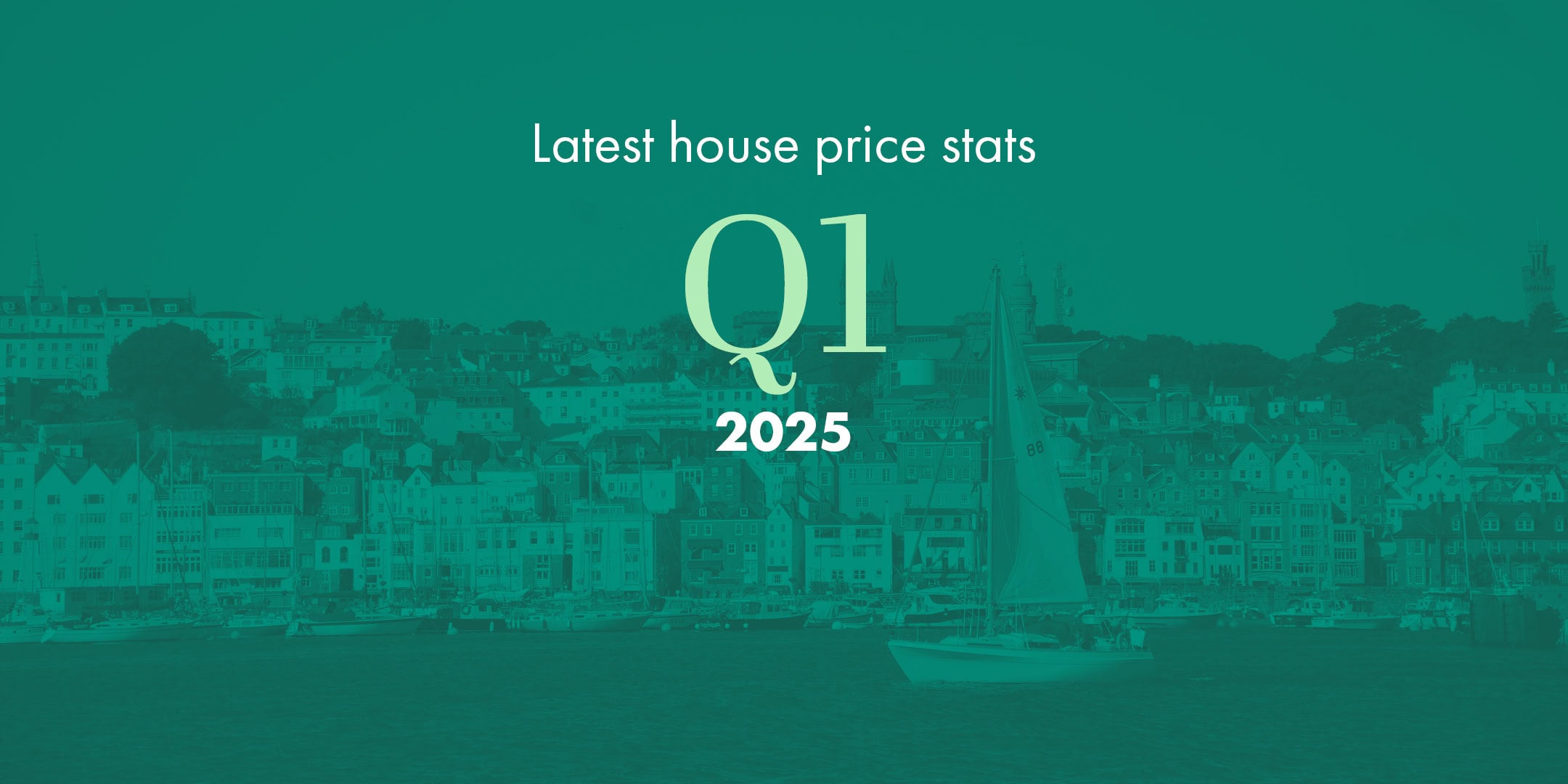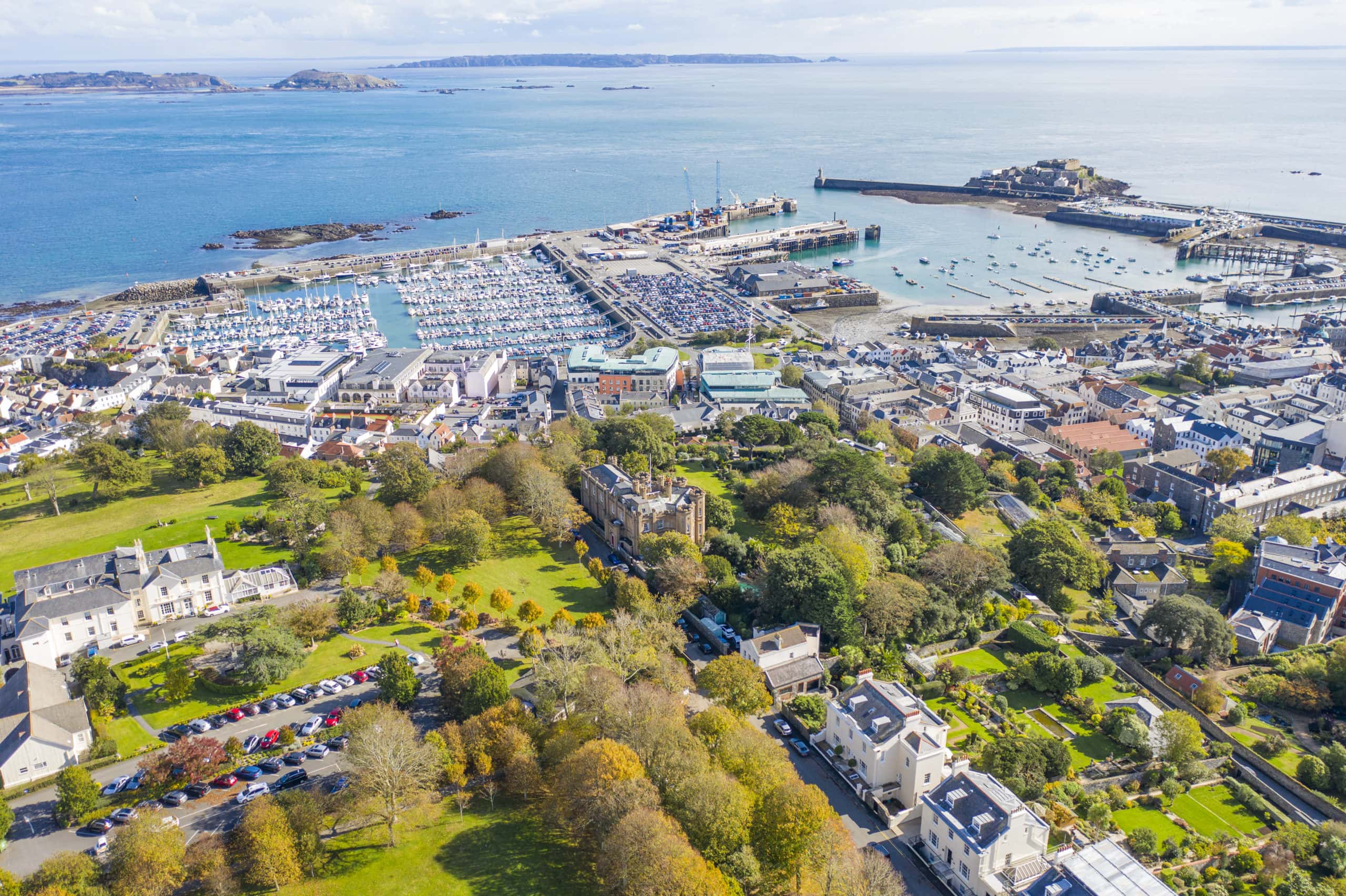A design that has lasted for centuries supporting an industry that at one point employed half the island’s population – what makes the guernsey jumper so special?
Guernsey’s knitting tradition
The Guernsey knitting industry dates back to the late 15th/early 16th century when a royal grant was obtained to import wool from England. The island had soon developed a reputation for producing high quality luxury knitwear which is reflected in the prices that pieces were commanding. In 1586 a pair of Guernsey stockings are said to have cost the equivalent of an astonishing £300 in today’s money. The high quality even impressed royalty. Both Elizabeth I and Louise XIV of France wore Guernsey knitwear and and it’s rumoured that Mary Queen of Scots wore Guernsey stockings at her execution.
By the mid-1700s the industrial revolution was taking place, and hand-knitted stockings couldn’t compete on price with factory-produced garments. Fewer and fewer knitters were required commercially, and so their attention turned to providing warm garments for sea workers who were increasing in numbers following the boom of ‘privateering’ in the late 1600s.
It’s difficult to put a precise date on when the first guernsey jumpers were produced. There are references to them being worn outside of the island in the early 19th century, but they are likely to have been worn in the Bailiwick much earlier. Originally the garment was worn primarily by Guernsey fishermen as protection against wind and rain. Made from worsted wool with its tightly packed fibres, the Guernsey jumper is particularly hard-wearing and durable.
They were knitted by the wives, mothers and sweethearts of fishermen and included distinctive stitch patterns – ribbing at the top of the sleeve, to mirror a sailing ships rope ladder; a garter stitch panel depicting breaking waves and stitching on the sweater shoulders representing pebbles, stones and sand. Many families had their own unique variation of the patterns in their knitwear that became a means of recognition when unfortunate sailors were lost at sea.
Le Tricoteur – a family affair
Le Tricoteur was established in 1964, the brainchild of Robert McDougall. His own hand-knitted jumper having been admired by many on a trip to America, he purchased a 40-year-old hand knitting machine and set himself up in a shop in St Peter Port with one employee and six hand knitters working from home (people were doing that even then!)
Robert’s mother-in-law joined the business in 1967 followed by his future wife in 1968.
Then came a period of expansion between 1969 and 1971 with the purchase of two fully automated machines, and two further premises including a retail outlet in the Arcade. Mail order to the other Channel Islands formed a significant part of the business at this point supported by cheap and efficient transportation. At this stage the company was producing an impressive 100,000 guernseys per year and the Channel Island market accounted for an astonishing 50% of the business.
Le Tricoteur went from strength to strength – larger premises with office accommodation, more machines, pressing tables…and by the time Robert took semi-retirement in 1981 the company employed around 65 staff (many part-time) and around 400 finishers. The company hit its first serious challenge when the global recession took its toll and Robert decided to sell the business in 1984. The business was purchase by an investment company and this was followed by a succession of local owners.
But family ties resurged and in 2018, Robert’s cousin Rachael Lainé visited the shop (by now situated at Rocquaine on the west coast) and decided that she wanted to buy the company. Fast forward six years and Rachael is at the helm. Whilst the iconic Guernsey jumper is still a central part of the company’s production line, many other items can be purchased – from beanies to tote bags, hot water bottle covers to laptop covers.
The Tricoteur combines the tradition and legacy rooted in the island’s knitting industry with demands of today’s client, maintaining the highest quality of product for which the island and the company has become known.
Sources: Visit Guernsey; Le Tricoteur; Locate Guernsey







